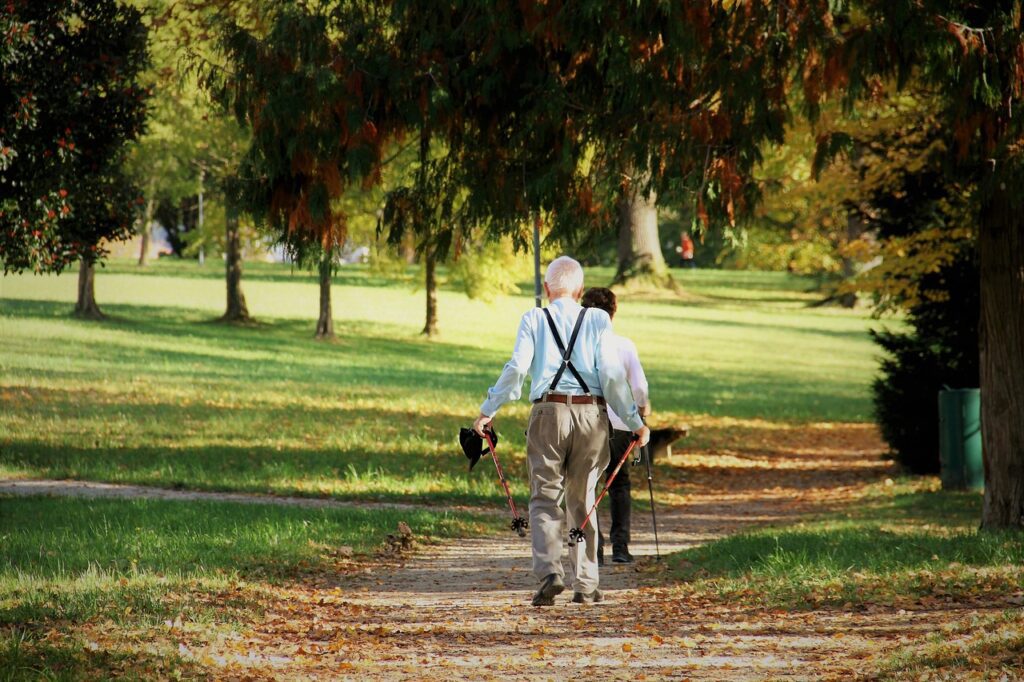Sarcopenia is the loss of muscle mass and strength that occurs with ageing. It is a health problem that affects many people. It is often not given the importance it deserves, but it can have very negative consequences on the quality of life, mobility and independence of the person who suffers from it.
From the age of 30 we start losing muscle mass
As we age, there is a slow but progressive degeneration and atrophy of skeletal muscles. This is extremely important, as it is responsible for voluntary movements of the body and for supporting the skeleton.
The disease sarcopenia usually begins around the age of 30 and accelerates over the age of 60. It is estimated that between 5% and 13% of people over 60 have sarcopenia, and that this percentage rises to 50% in people over 80. The muscle loss involved is more severe in men than in women.
How can we know if we are suffering from muscle loss?
There is no single criteria for diagnosing sarcopenia, but different methods are used to assess muscle mass, strength and performance, with very simple and easy to perform tests that will facilitate diagnosis.
Body composition can be assessed by a specialist using non-invasive and low-cost methods, with the use of measuring instruments such as plicometer or impedance meter. It can also be detected by calculating the relative muscle mass index or sarcopenia index (SMI).
Here is a simple formula to calculate your body mass index or BMI:
- Measure your height and multiply that result by itself, in meters.
- Weigh yourself with a reliable scale and write down the result, in kilos.
- Now divide your weight by the result your previously obtained for your height.
Sarcopenia would be suspected if the result is less than 18,5 for women or less than 20 for men.
And, of course, do not forget that this data is only a guide and that you should consult a specialist who can calculate your muscle mass accurately and give you guidance on the results.

Exercise and a balanced diet, the keys to healthy ageing
Ageing is an inevitable biological process, but there are other causes that promote sarcopenia that it is up to each individual to reverse. There are two fundamental ones that drastically accelerate muscle loss: physical inactivity and an unbalanced diet.
Give sport the importance it deserves
A sedentary lifestyle leads to a progressive loss of muscle mass and strength, as the muscle adapts to the lack of stimulation and atrophies. In addition, the gain in body fat makes it difficult for the muscles to function. Avoiding this is easy, you just have to do the right exercise.
Ideally, you should combine aerobic exercise (brisk walking, cycling or pool exercise) with anaerobic exercise to build strength and muscle. The latter consist of heavy lifting and resistance exercises. And remember: your exercise routine should be supervised by a professional to avoid injury.
Combine it with a healthy diet
Muscle builds from what you eat on a daily basis. An inadequate diet, poor in protein and calories, can lead to a deficiency of amino acids, essential for muscle synthesis. There may also be a deficiency of vitamins and minerals (such as vitamin D or calcium) that influence bone and muscle health.
Keep in mind that for healthy muscles you need to incorporate protein into your daily intake. Make sure they are of high quality, both animal (eggs, lean meats and fish) and vegetable (soya, pulses, etc.). If you diet is not very balanced or if you find it difficult to adapt to the new nutritional requirements, consult a food expert to improve it.
Other factors that accelerate muscle loss are smoking, alcohol, stress and depression. Some chronic diseases also increase sarcopenia, such as diabetes, cancer or kidney failure.
Lanier Pharma wants to help you improve your quality of life. That is why we have formulated Altiusvit, a nutraceutical that reduces fatigue and promotes muscle recovery. Combine it with a healthy diet and moderate exercise and enjoy healthy ageing.



